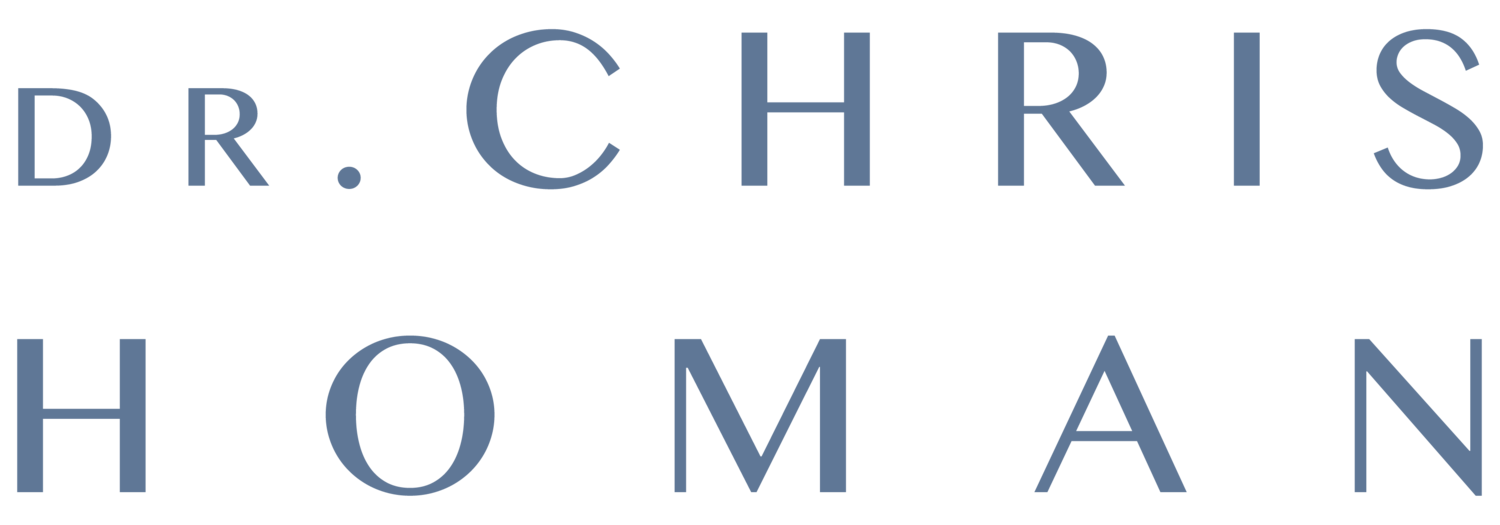Modern medical science has a tendency to break everything down to its smallest parts in an effort to understand it. Whilst this approach has great strengths, it also has some weaknesses. One of its particular strengths is that it produces specialist knowledge and expertise in discrete areas, e.g. the ability for a cardiologist to unblock a cardiac artery to stop a heart attack. However, one of its biggest weaknesses can be a tendency to “not see the forest for the trees”. That is, in an effort to understand the individual parts, we can lose sight of the larger system that they operate in. Often the best way to solve a complex problem like body pain is to address the whole system that the pain has occurred in.
Muscles / Fascia / Bones
The human body contains 600 muscles, which tend to be studied individually in anatomy. However these muscles don’t work independently in the body – they are not simply clipped together like Lego blocks. Rather, they are interconnected within a single web of fibrous tissue called fascia. This fascia wraps every single muscle cell, every bunch of muscle cells and every whole muscle.
Fascia fuses together at the ends of each muscle to form tendons. These tendons then insert not into the 206 bones of the human skeleton, but into more fascia that wraps both the bones and other muscles. Ligaments are other specialised thickenings of the fascia that join between bones and are responsible for providing most of the stability of the skeleton. This same single sheet of fascia also wraps all the organs in the human body and would cover two tennis courts if it were fully stretched out.
The muscles of the web tend to be arranged into major chains that are connected through the fascia (see “Anatomy Trains” by Tom Myers). These chains correlate closely with the meridians of acupuncture and the lines of stretch in yoga asanas. If one muscle contracts, it has the potential to instantly affect the tensioning all the way across the web. This in turn tends to cause bones to move. If a muscle persistently changes its tension, it will affect the alignment of the skeleton and the performance of the joints. At a microscopic level, even the function of individual cells changes with the tension that they experience – so they are affected by changes in the tensioning of the muscle-fascia web.
Every body therefore has its 600 muscles suspended in one giant web of fascia that is then stretched over the bones of the skeleton. In engineering terms, the body can be described as a “tensegrity structure”, where the tension of the muscle-fascia web balances the compression of the bones to create a self-supporting structure.
However, the body is even more sophisticated than this, because the fascia encloses fluid-filled compartments to give the body hydraulic properties as well. Fluid redistributes across the fascial membranes, driven by either increased mechanical pressure associated with movement or osmotic pressure driven by changes in the content of the fluid. This allows adaptation of the hydraulic function of the body.
Furthermore, the 30-odd vertebral bones of the spine are arranged in 4 major front-to-back curves. In engineering terms, this forms a compressible “elastic column”, which in addition to protecting the spinal cord, acts as a suspension device for the body. In the side-to-side plane, the function of each vertebra is linked to the next, so that side-bending is always linked with some rotation, ensuring smooth movement. This is why people with side-to-side spinal curving (scoliosis) always have associated rotation of the spine (roto-scoliosis).
The body's control system
The nervous system is the electrical control system that helps co-ordinate the functioning of the body. Nerve receptors gather data about the tensioning of the muscles and joints and (sensory) nerves transmit this information back to the spinal cord and brain. Other (motor) nerves transmit messages back out to control the contraction of the muscles. Therefore there is an interactive loop in which tension of the muscles drives nerve signalling and nerve signalling controls muscle tension. Once again, in engineering terms this is described as a “piezoelectric system”.
Opposing (antagonistic) muscles are mechanically inter-related, with shortening in one leading to stretching in the opposite muscle(s). However, opposing muscles also are electrically linked. If one muscle is contracting, the electrical activation of the opposite muscle(s) is automatically turned down (inhibited). This is primarily co-ordinated at the level of the spinal cord, with over-ride input from the brain.
The body also has other interactive control systems to help co-ordinate its functions. Hormones and other chemical messengers are produced to influence various processes including growth, energy production and tissue repair. There is also an immune system that helps defend the body from microbiological attack and repair tissues after injury. Once again, everything interacts. Both the hormone and immune systems have input from the nervous system, whilst the performance of the nervous system is influenced by changes in either the hormone or immune systems.
Dr. Chris Homan
MBBS FRACGP FACRRM DRANZCOG PGDipMSM(Otago)

